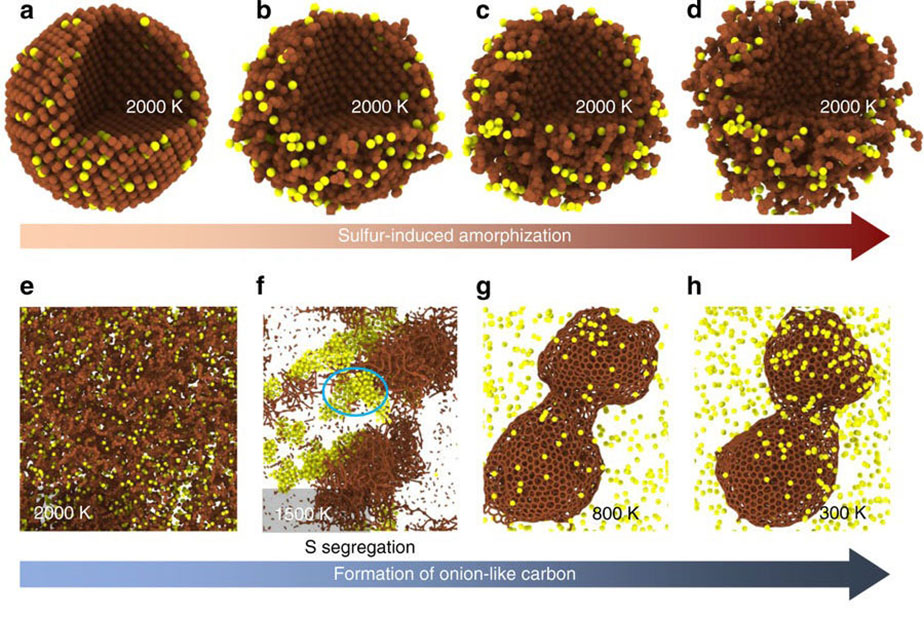
Reducing Friction with an Onion-Like Carbon Material
Researchers developed a new self-generating lubricant with great potential for industrial applications.

Researchers developed a new self-generating lubricant with great potential for industrial applications.
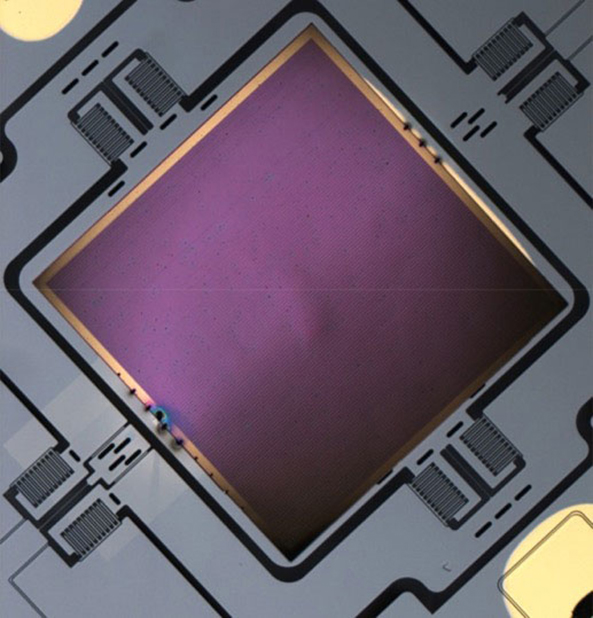
Scientists add active control to design capabilities for new lightweight flat optical devices.
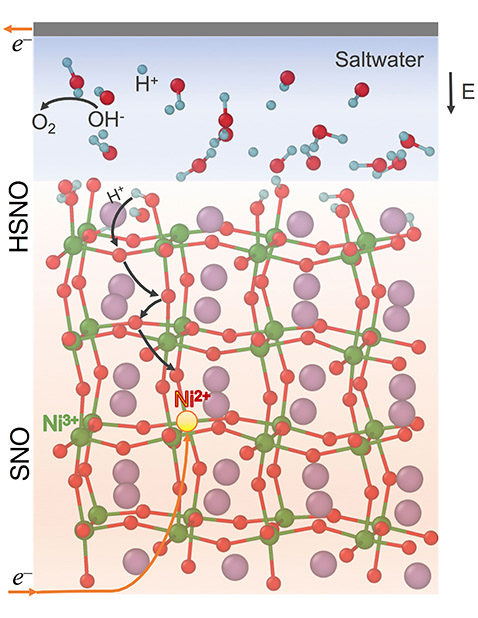
A nickelate thin film senses electric field changes analogous to the electroreception sensing organ in sharks, which detects the bioelectric fields of prey.
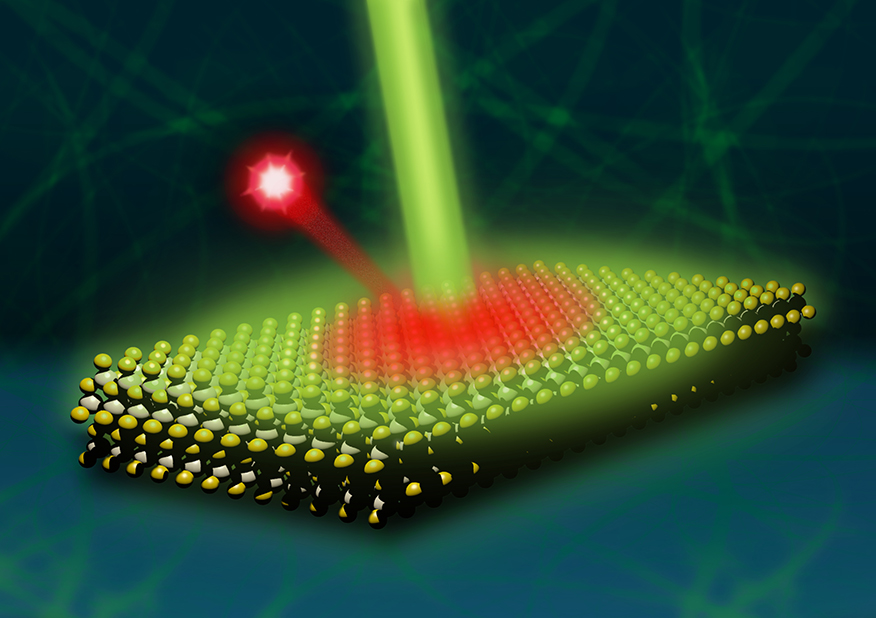
Control over light-emitting properties of tiny semiconductor platelets may yield new opportunities for innovative optics utilizing quantum phenomena.
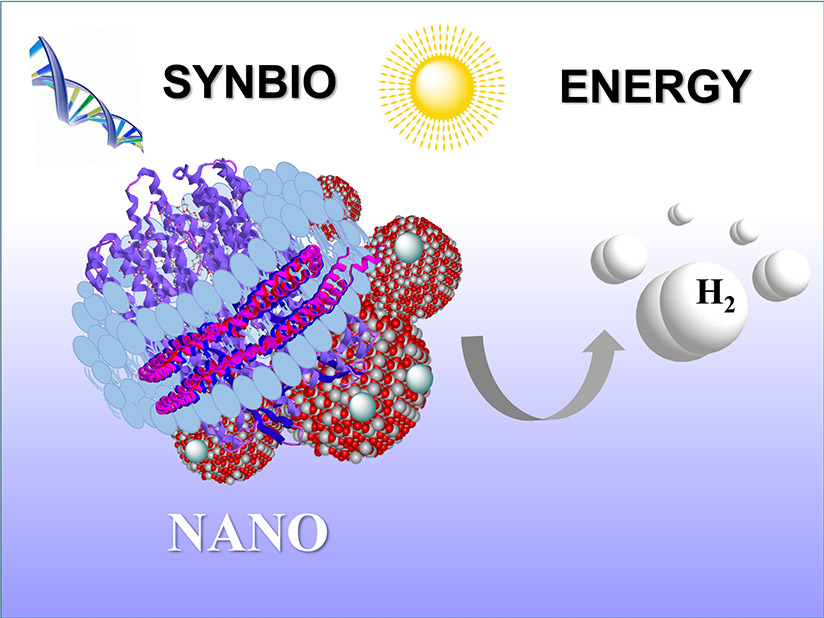
An entirely human-made architecture produces hydrogen fuel using light, shows promise for transmitting energy in numerous applications.
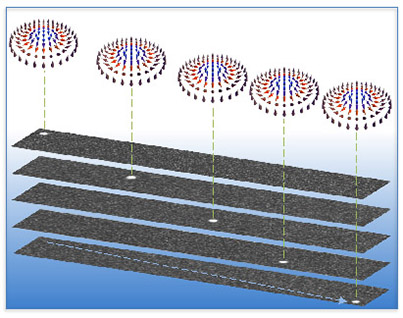
A twisted array of atomic magnets were driven to move in a curved path, a needed level of control for use in future memory devices.
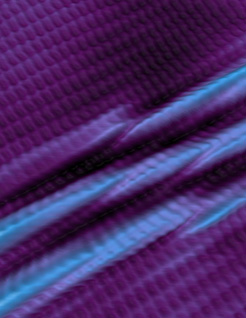
Researchers made a sheet of boron only one atom thick with the potential to change solar panels, computers, and more.

Oleo Sponge could make oil spill cleanup more efficient.
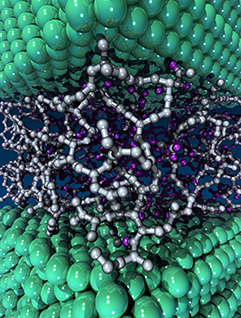
Self-healing diamond-like carbon coating could revolutionize lubrication.
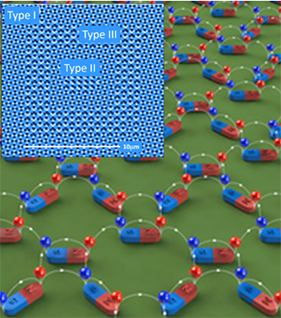
A material with unprecedented control of magnetic states may have implications for new technologies.
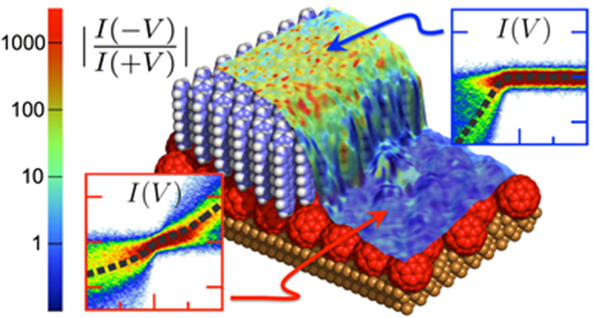
Scientists show how a buckyball buffer helps conduct electricity in only one direction, vital for molecule-sized circuits.
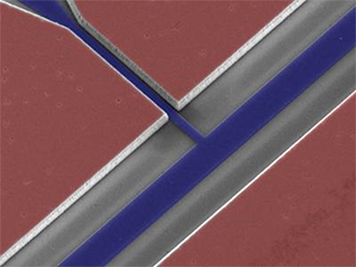
Researchers trapped and detected ensembles of electrons, an important step in isolating single electrons for use in a new generation of low-power supercomputing.